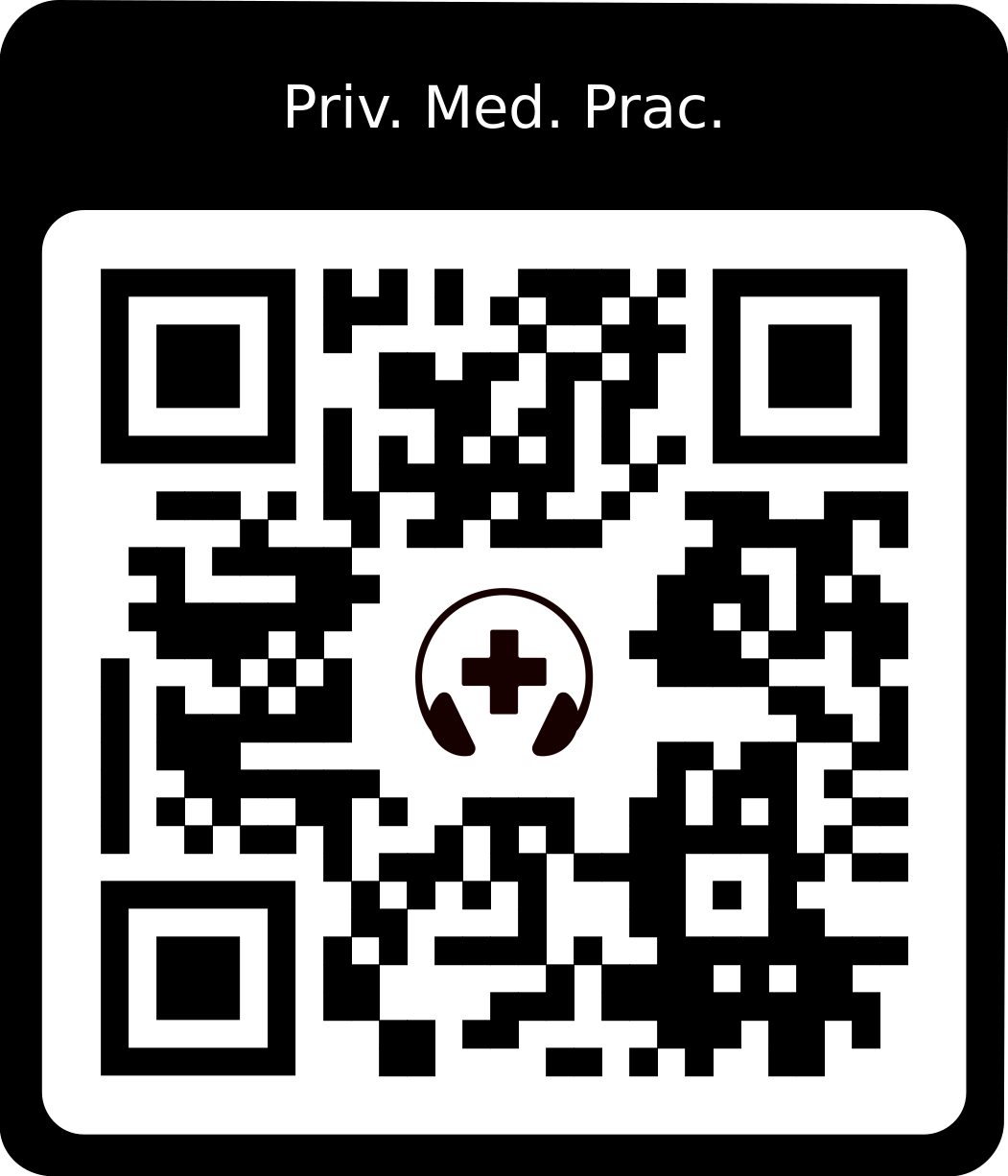Tips for Staying on Schedule
There are two over-arching reasons for you to stay on time: patient satisfaction and to de-stress you. I'll be the first to admit that staying on time can be a challenge. Here are some strategies that can help keep you on schedule.
- Get to clinic before your first scheduled patient. Preferably you get to clinic early. If you show up at 8 am, your first patient is at 8am and then you first need put out whatever this morning’s fire is, you start the day off behind and you will be all day long. The other advantage to getting in early is to huddle with your MA so that you have a game plan for potential bottlenecks.
- Create a block schedule. Train your scheduler the rules of the block schedule.
- Communicate scheduling issues with your scheduler. If you have a patient that always takes more time, schedule them in a longer slot.
- Don't routinely double book. If it takes you 15 min to see a follow-up and you put 2 patients in every 15 min slot you will invariably run behind.
- There will be times that you have to double-book. Have a code so you don't double book one of those patients that always takes longer.
- When you enter the room, set an agenda by greeting the patient, and asking them what they are here for today. The better you define and manage the expectations of the visit, the greater the patient satisfaction.
- Set the timer on your phone. The vibrating phone is a gentle reminder that time is up.
- Have a plan with your MA-instant message, a knock on the door, a "call."
- Do your absolute best to not answer calls in the middle of clinic. Use HIPAA compliant email and text messaging for quick questions. If you must talk on the phone, set up a time—before patients, after patients or as a scheduled appointment.
- Have information about diseases and procedures ready to print during the visit. Discussing the patient handout(s) and then handing it to the patient at discharge with improve patient comprehension, decrease phone calls to your office and improve patient satisfaction and outcomes.
- Most EMRs have instant messaging. If yours doesn’t, install a HIPAA compliant instant messaging application. We all know how questions, unplanned tests and procedures can disrupt your otherwise perfectly flowing day. With instant messaging you can be in an EMR chart and have a separate window open for instant messages to communicate with your staff without leaving the room.
- Create a list of supplies that every exam room should be stocked with. Standardize your rooms by labeling the drawers and putting supplies in the same place in every room so you don’t have to search for things. Train your staff to check supplies and re-stock daily. Have a tray/cart stocked with supplies for your most commonly performed procedures.
- Understand that most “practice management emergencies” that occur during the day are not true emergencies.
- Have a process for everything.
- Establish a chain of command for urgent questions.
- Huddle with staff before clinic and then check in after patients to identify practice management issues.
If you'd like to hear more tips on how to start, run and grow your practice and related medical businesses, please sign up for my newsletter at https://www.thepracticebuildingmd.com. Be sure to join my FB group, The Private Medical Practice Academy.


































